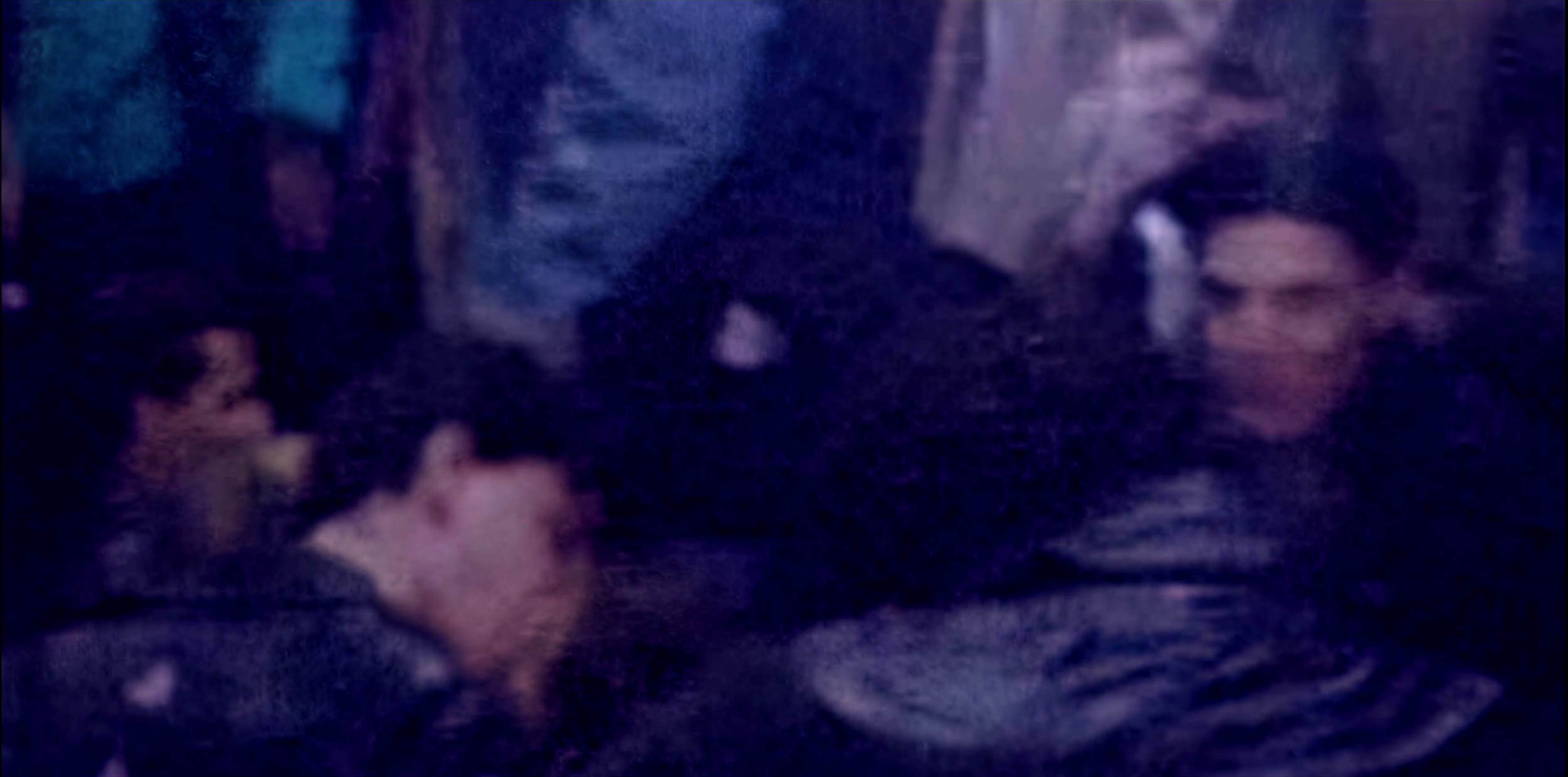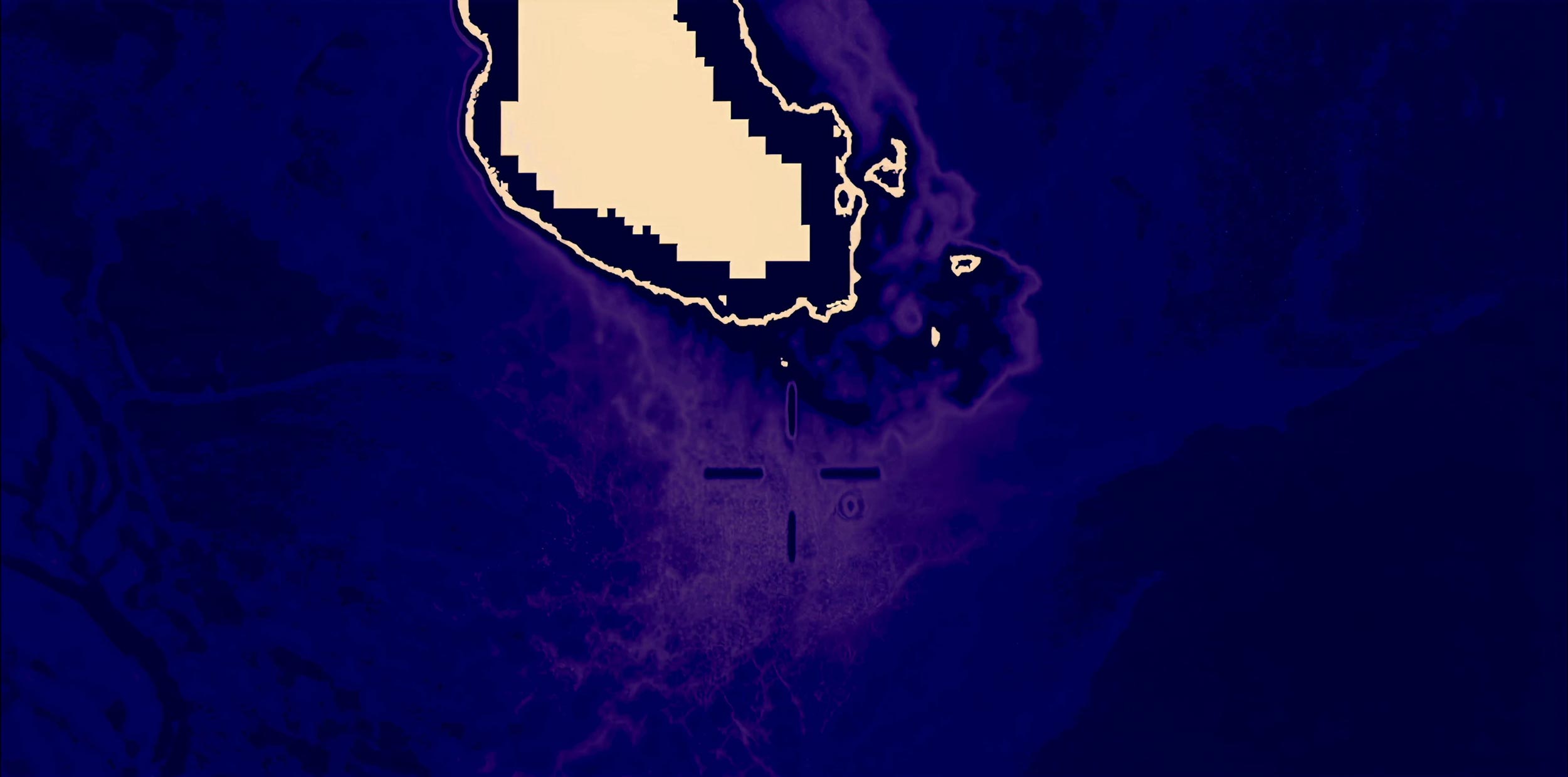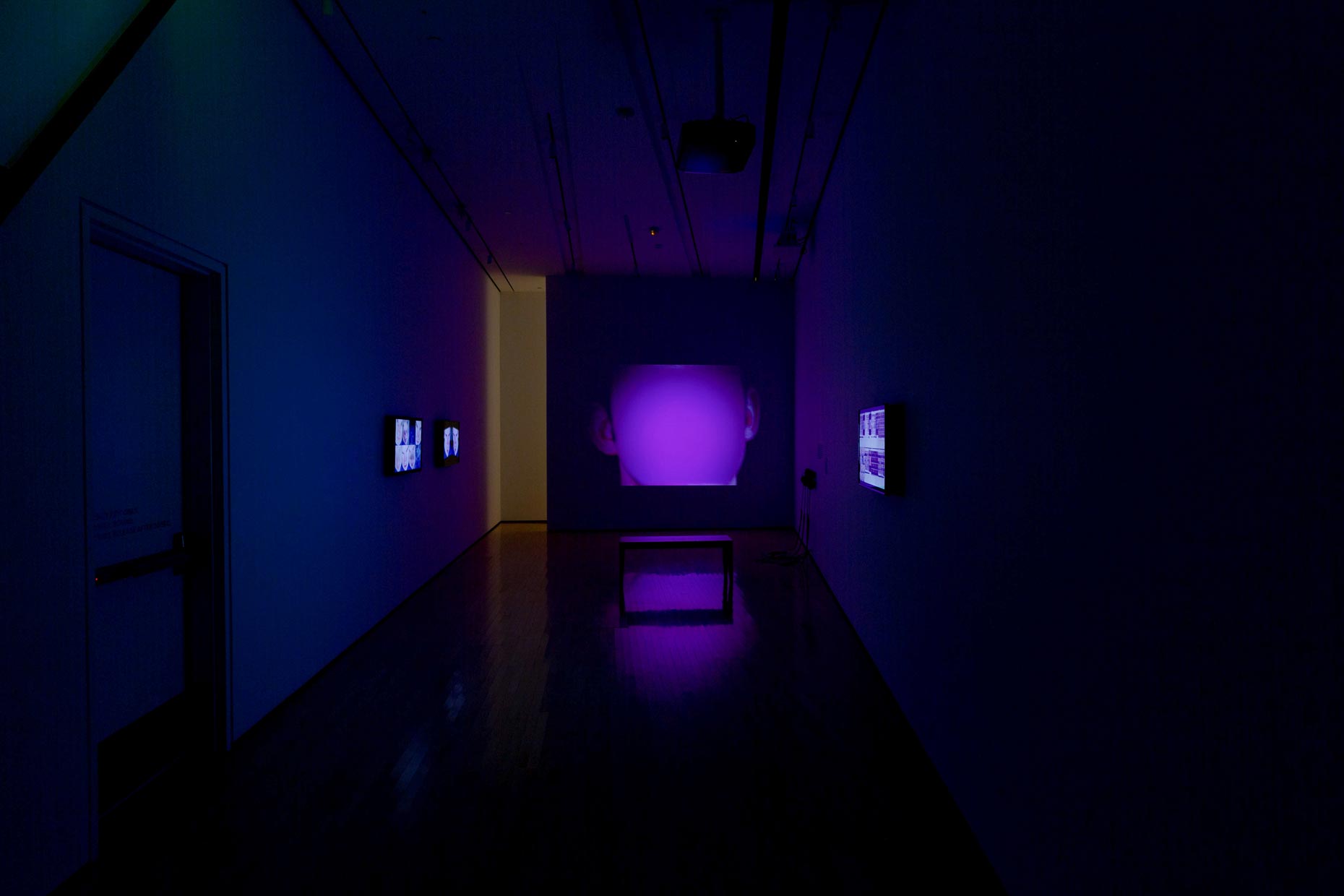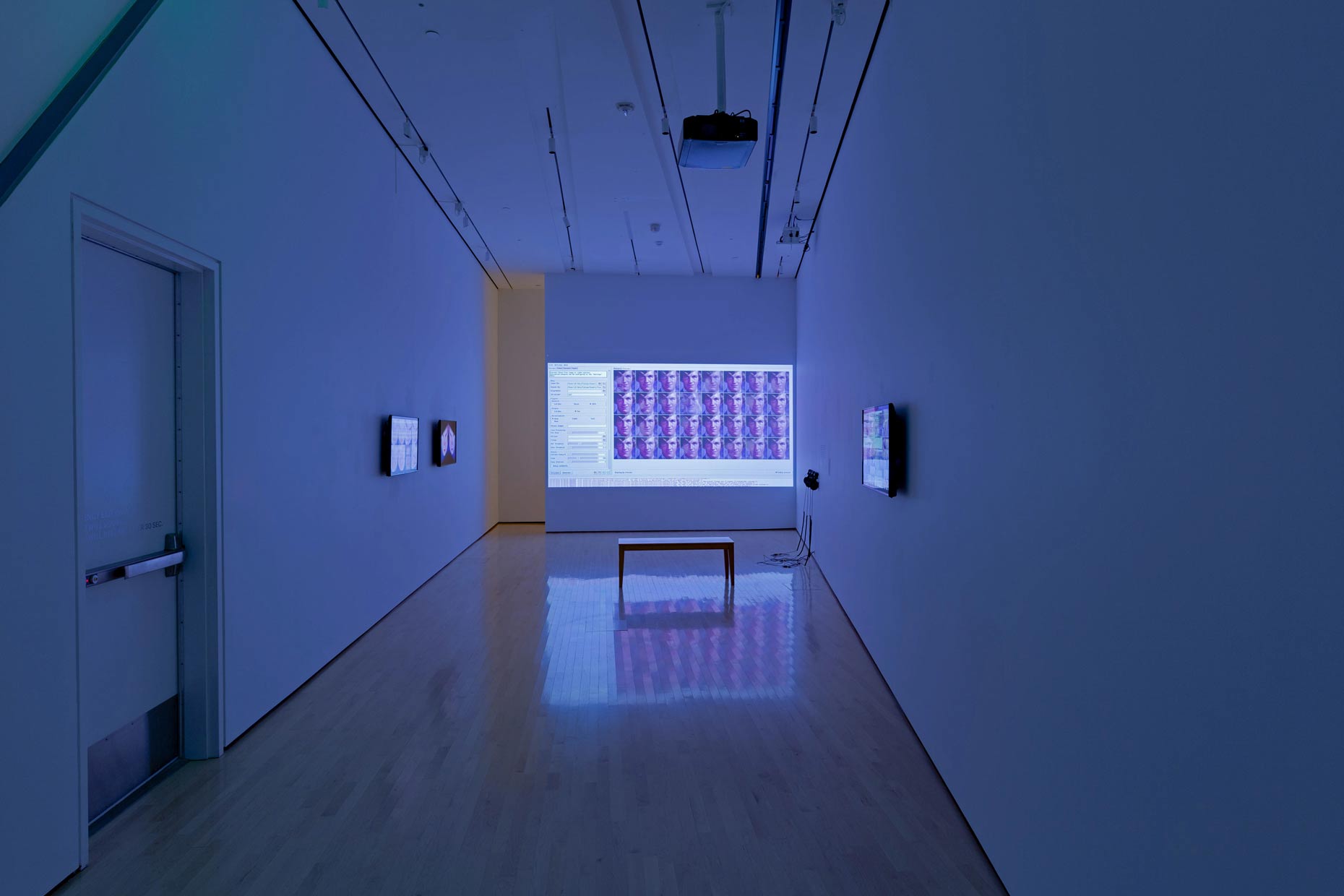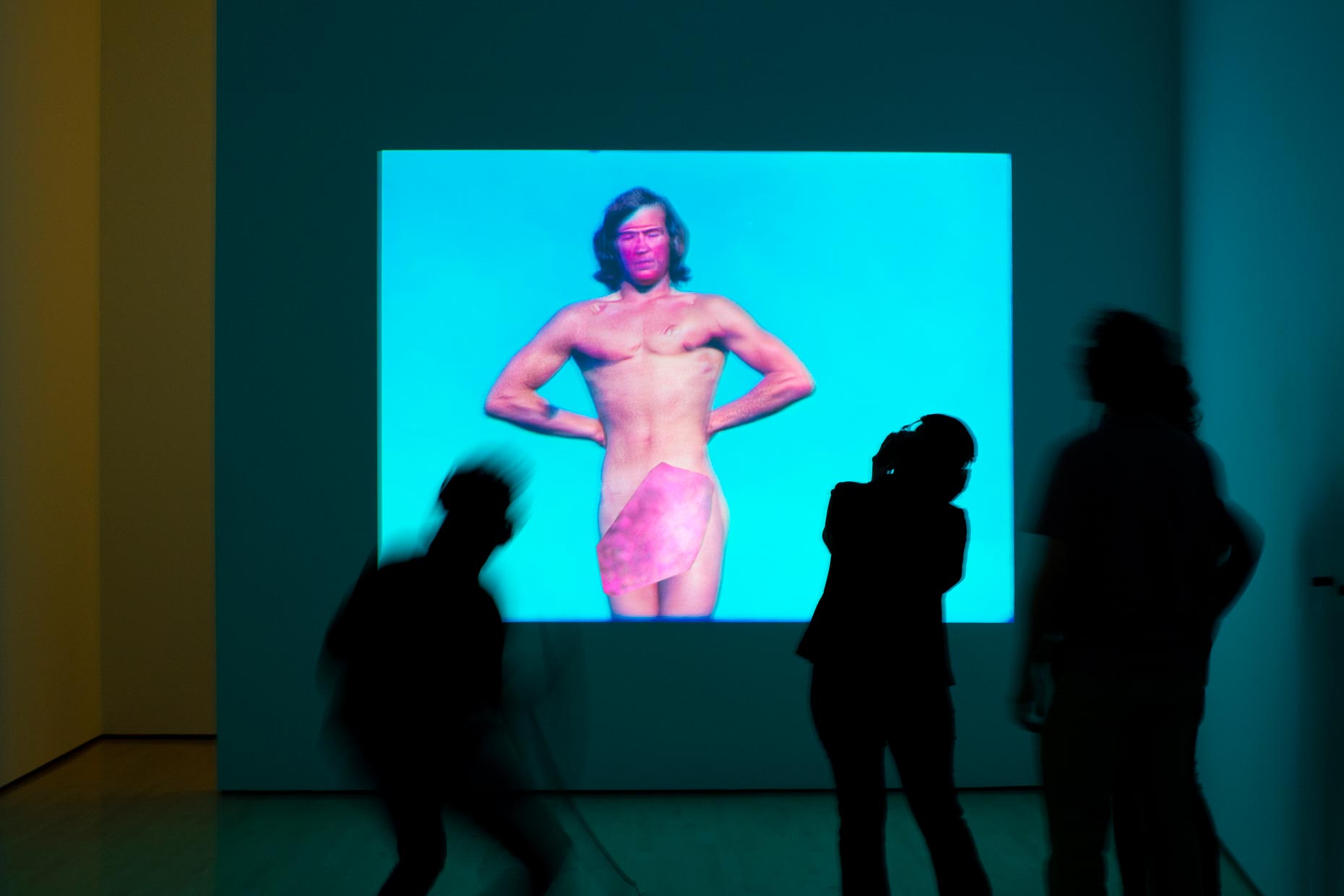Autoimmune [interface]
4-channel video installation, third order ambisonics audio in 4 binaural mixes
This video installation by Marcos Serafim engulfs visitors in an environment where things may not always seem to be what they appear. Utilizing artificial intelligence (or machine learning) processes for generative video, the artist created a multifaceted work that addresses public perception, the circulation of images, and campaigns of (mis)information specifically related to the AIDS crisis, depictions of war, and the many connotations of the term ‘virus’ today. What is the relationship between an autoimmune virus, a computer virus, and a societal sickness? The use of deepfakes - a video generation technique that combines the notions of ‘deep learning’ and ‘fakery’ - allows Serafim to manipulate pre-existing audiovisual content as well as layer in his own, a strategy at the forefront of present-day concerns around the spread of false or misleading information.
Steven Bridges
Associate Curator, MSU Broad Art Museum
Master of Fine Arts Prize 2020, John and Susan Berding Family Endowment, Department of Art, Art History, and Design, Michigan State University
Collaborative Arts and Design Research Grant 2019, College of Arts & Letters and Department of Art, Art History and Design, Michigan State University
Made in collaboration with Douglas McCausland (music composition, sound design and mixing) and Ian Kirkpatrick (creative coding). Additional support: CCRMA- Center for Computer Research in Music and Acoustics at Stanford University; Michigan State University’s Colleges of Communication Arts and Sciences, Music, and Arts and Letters.
Eli and Edythe Broad Art Museum at MSU, East Lansing, Michigan
component 2: war face, sample
component 3: face up, sample
component 4: interface, sample
